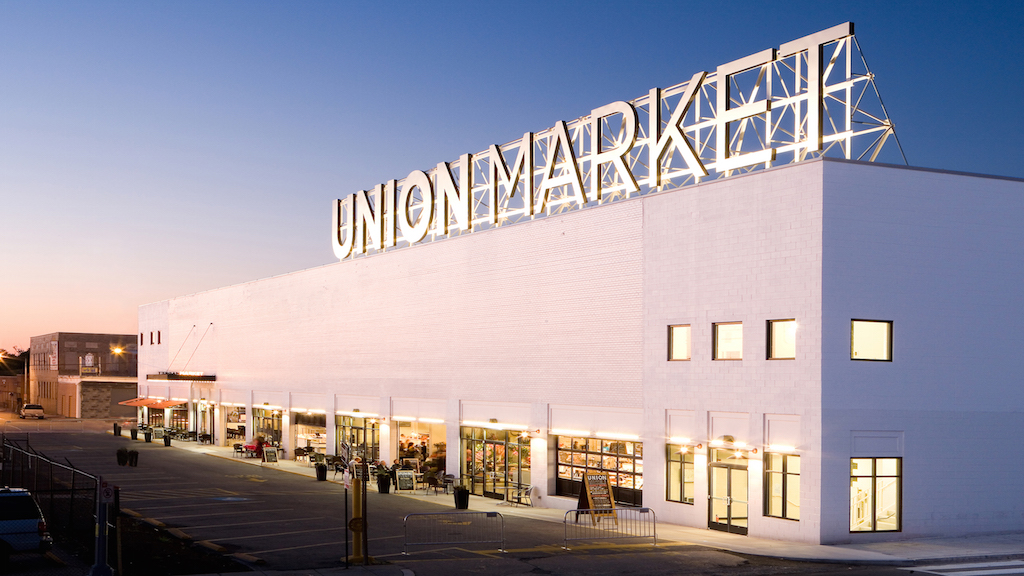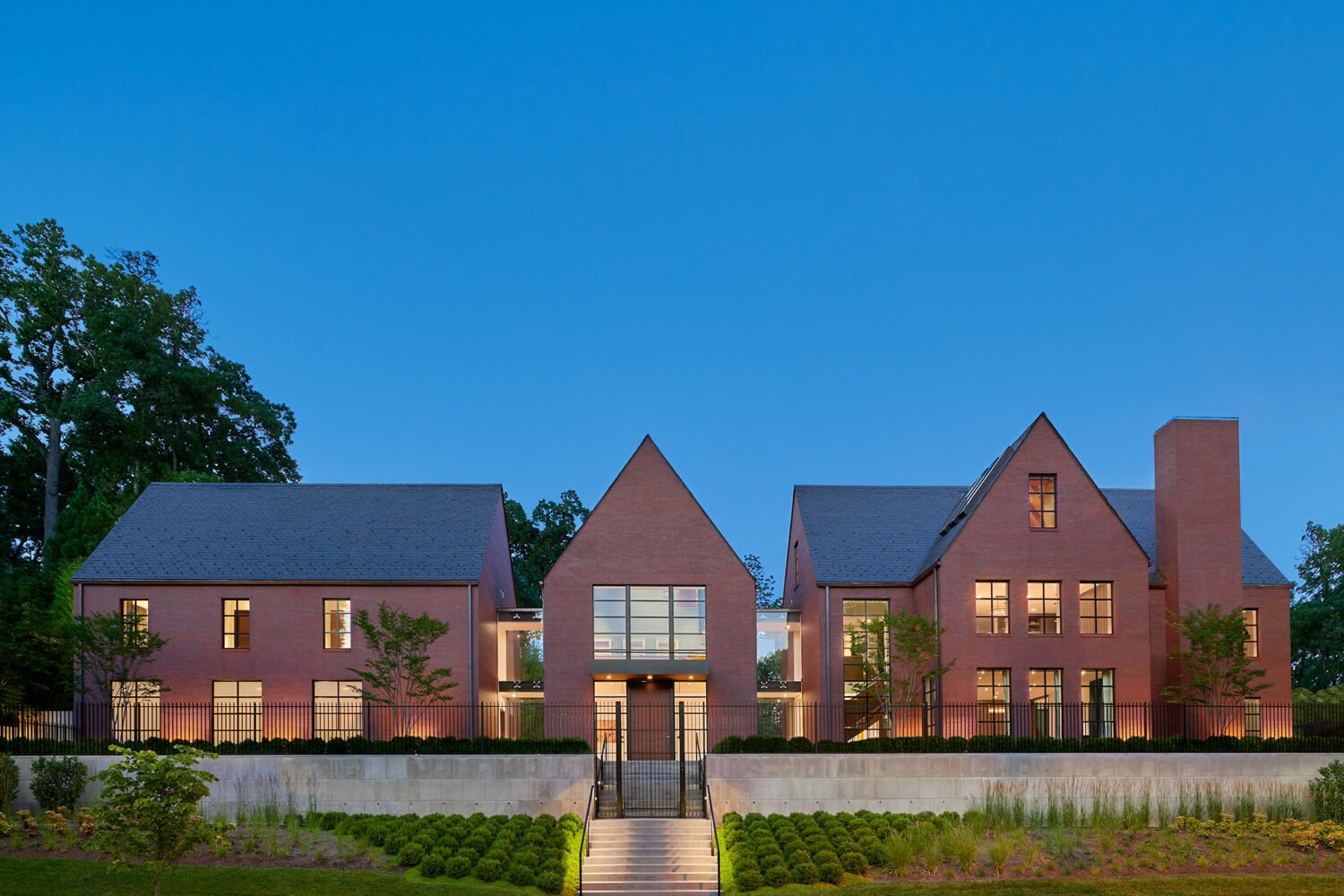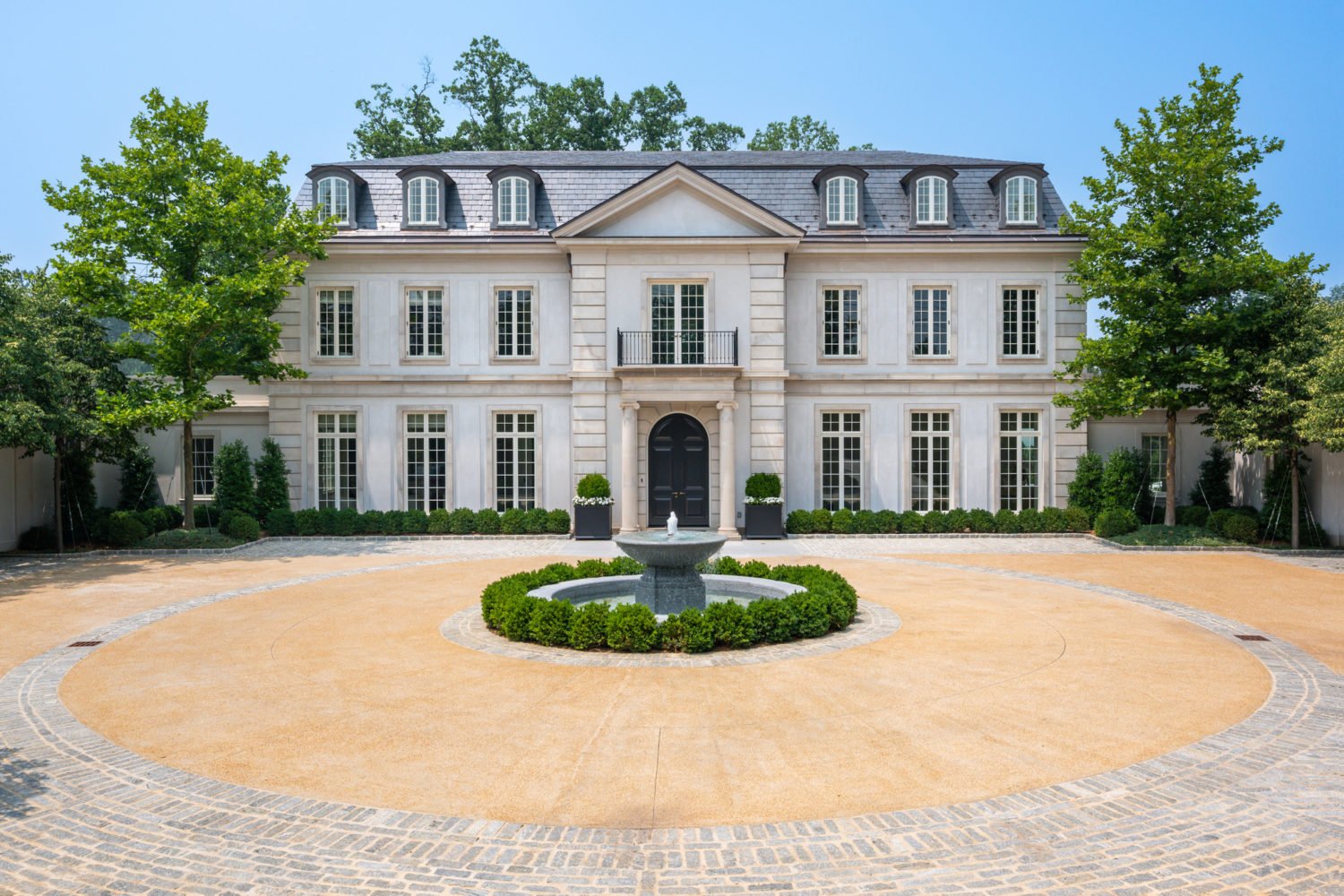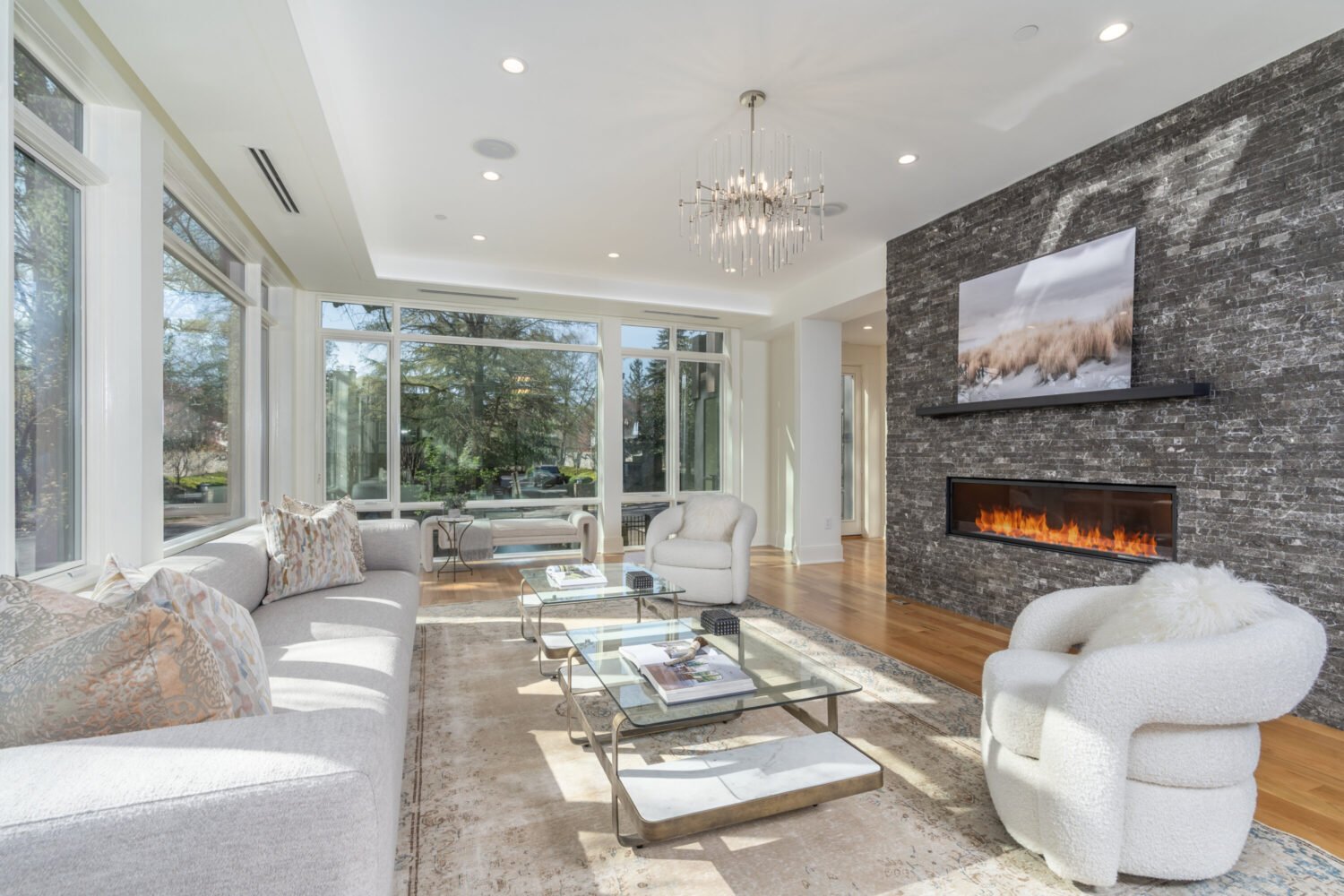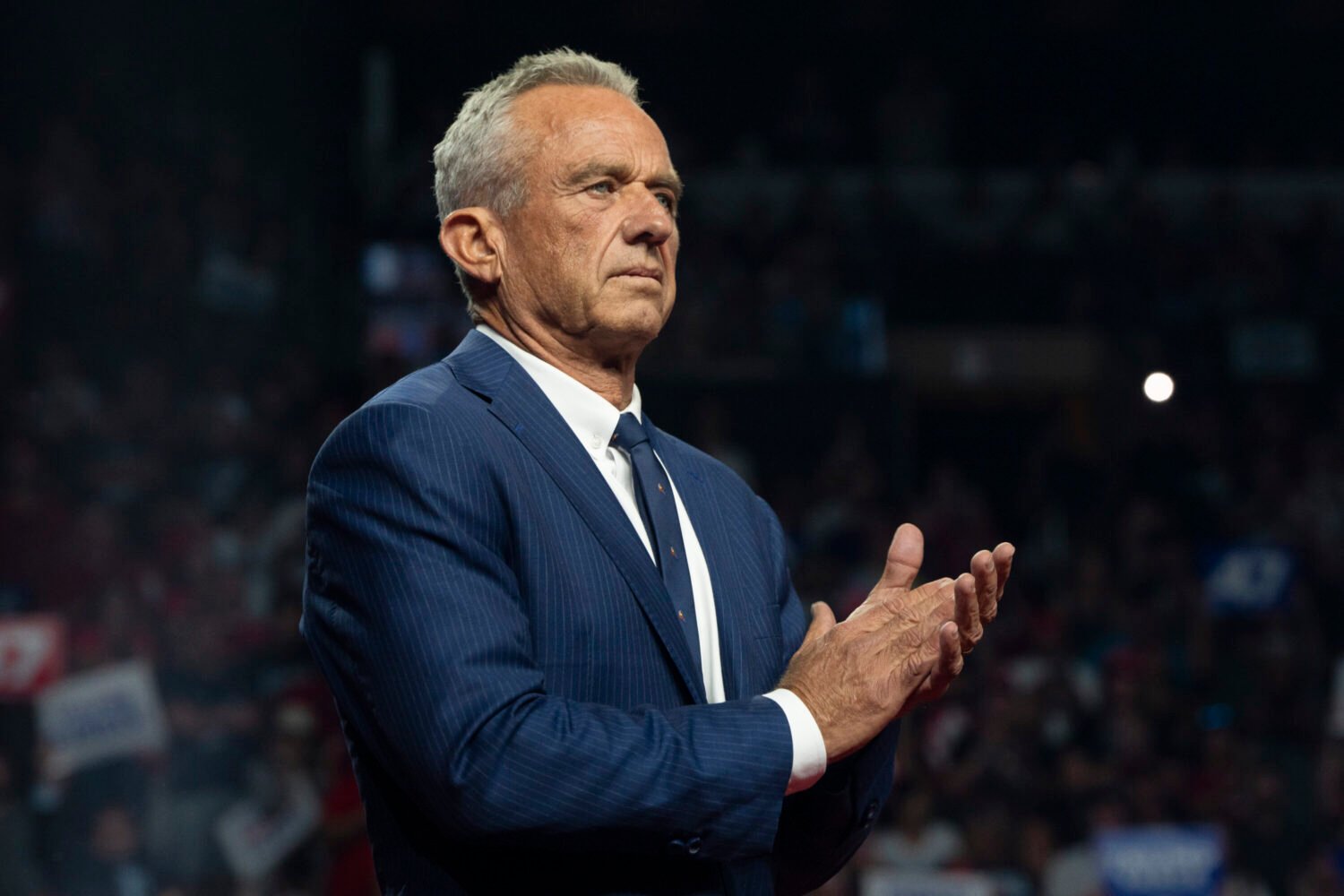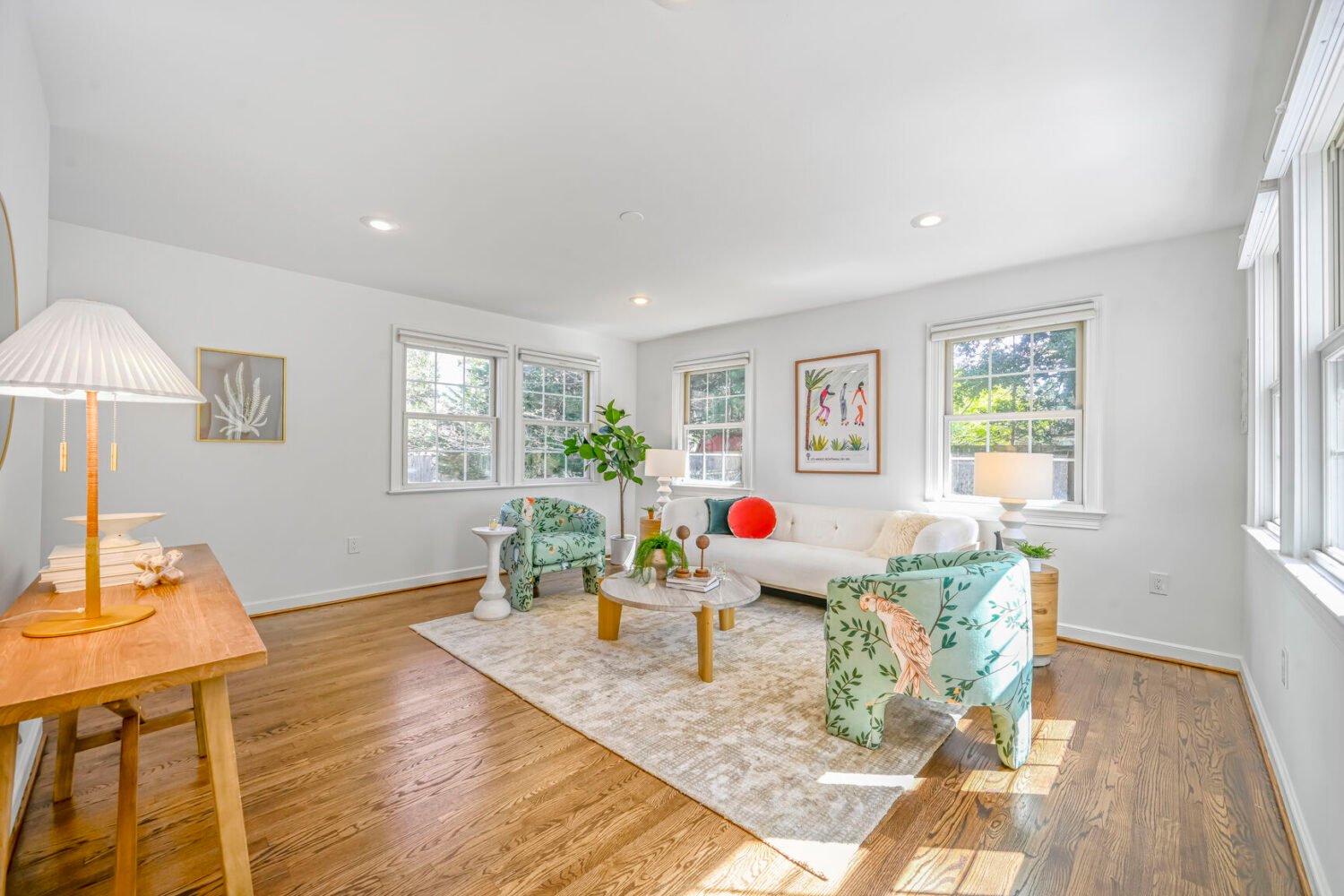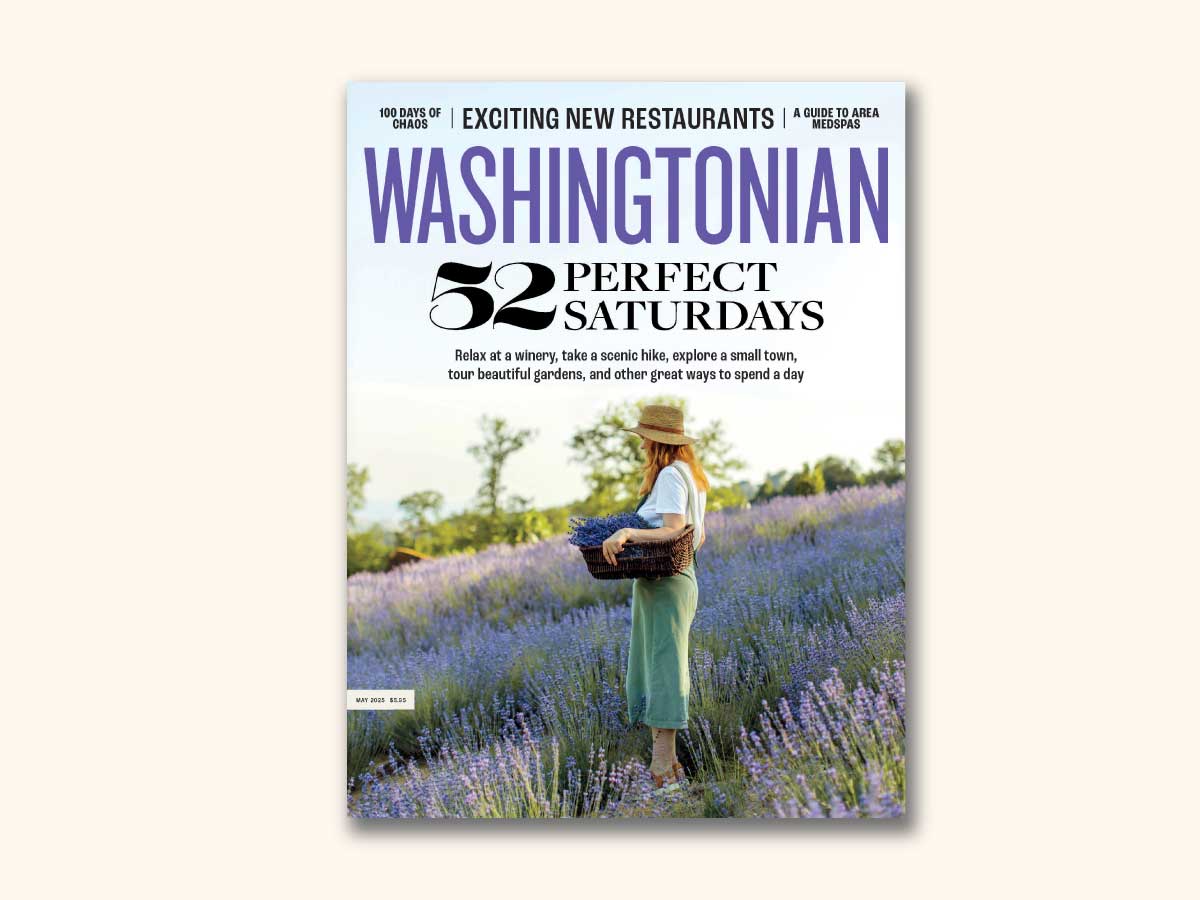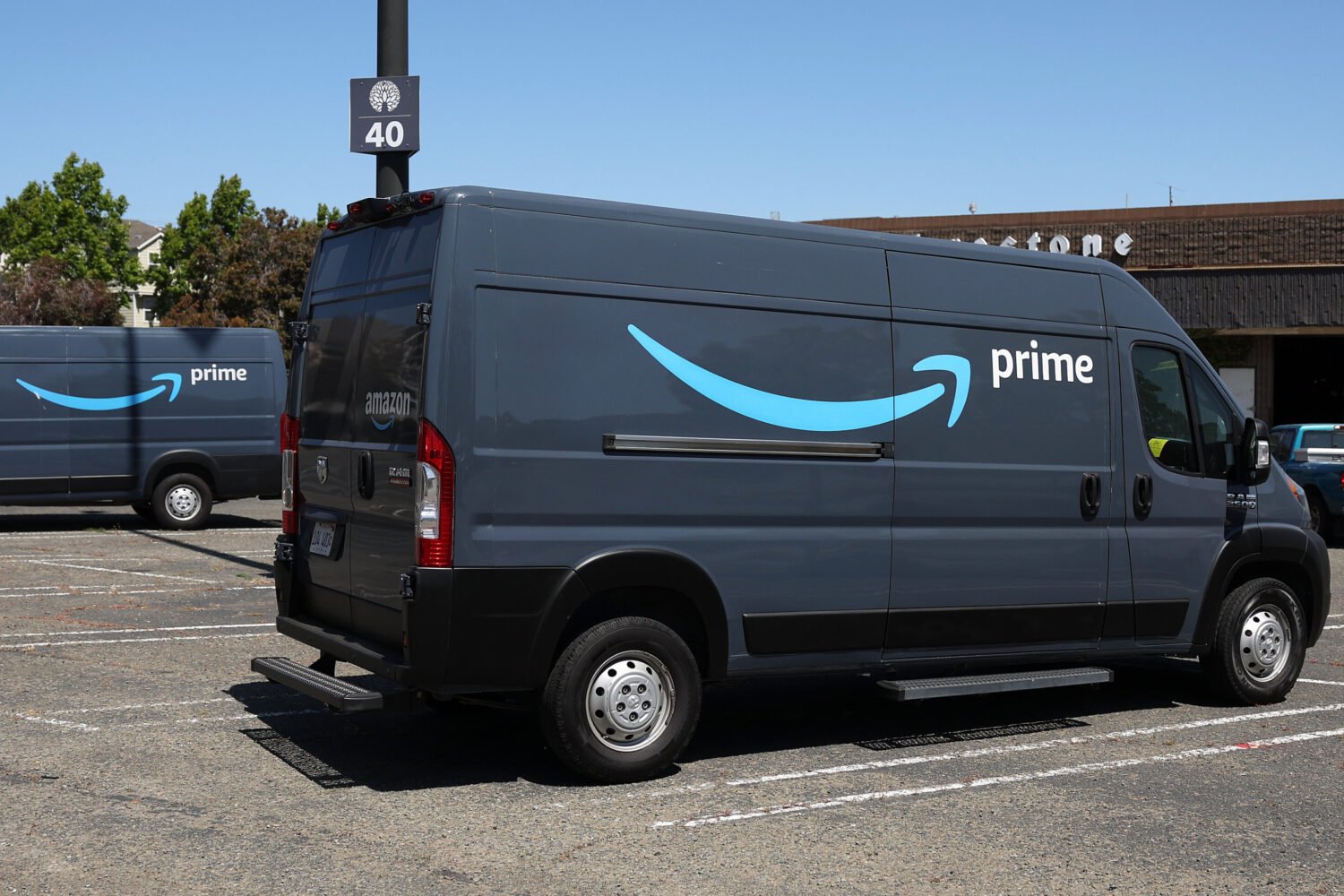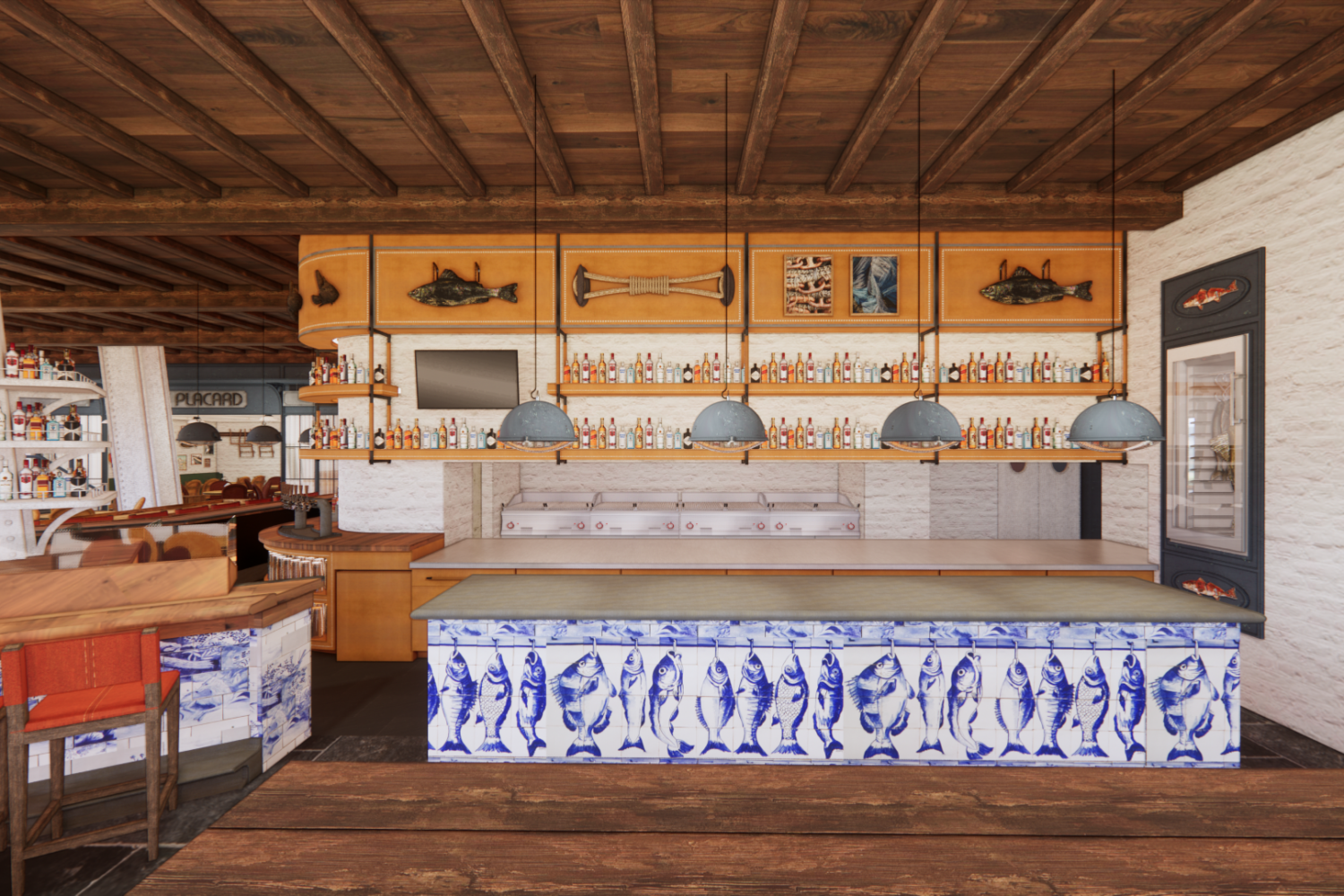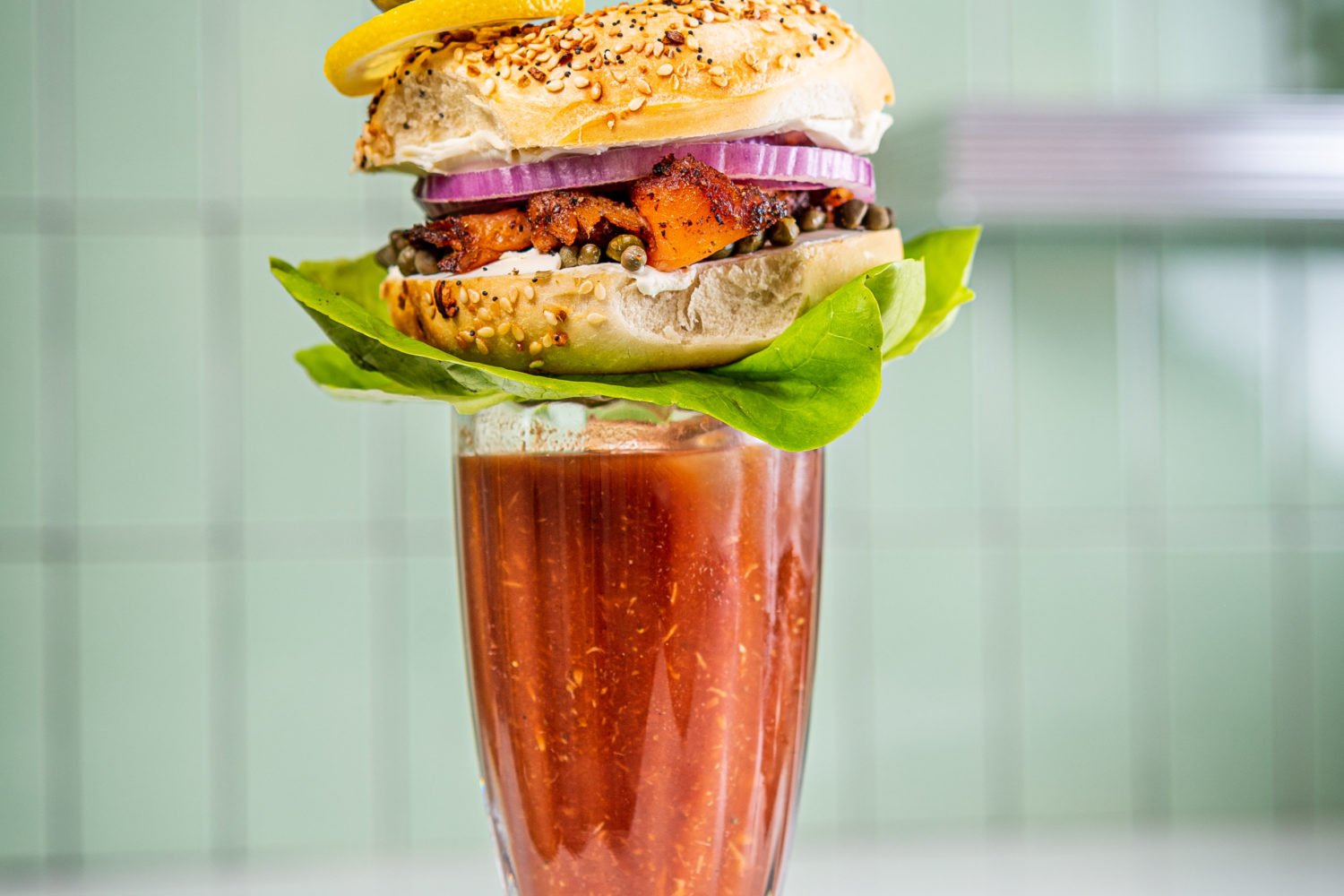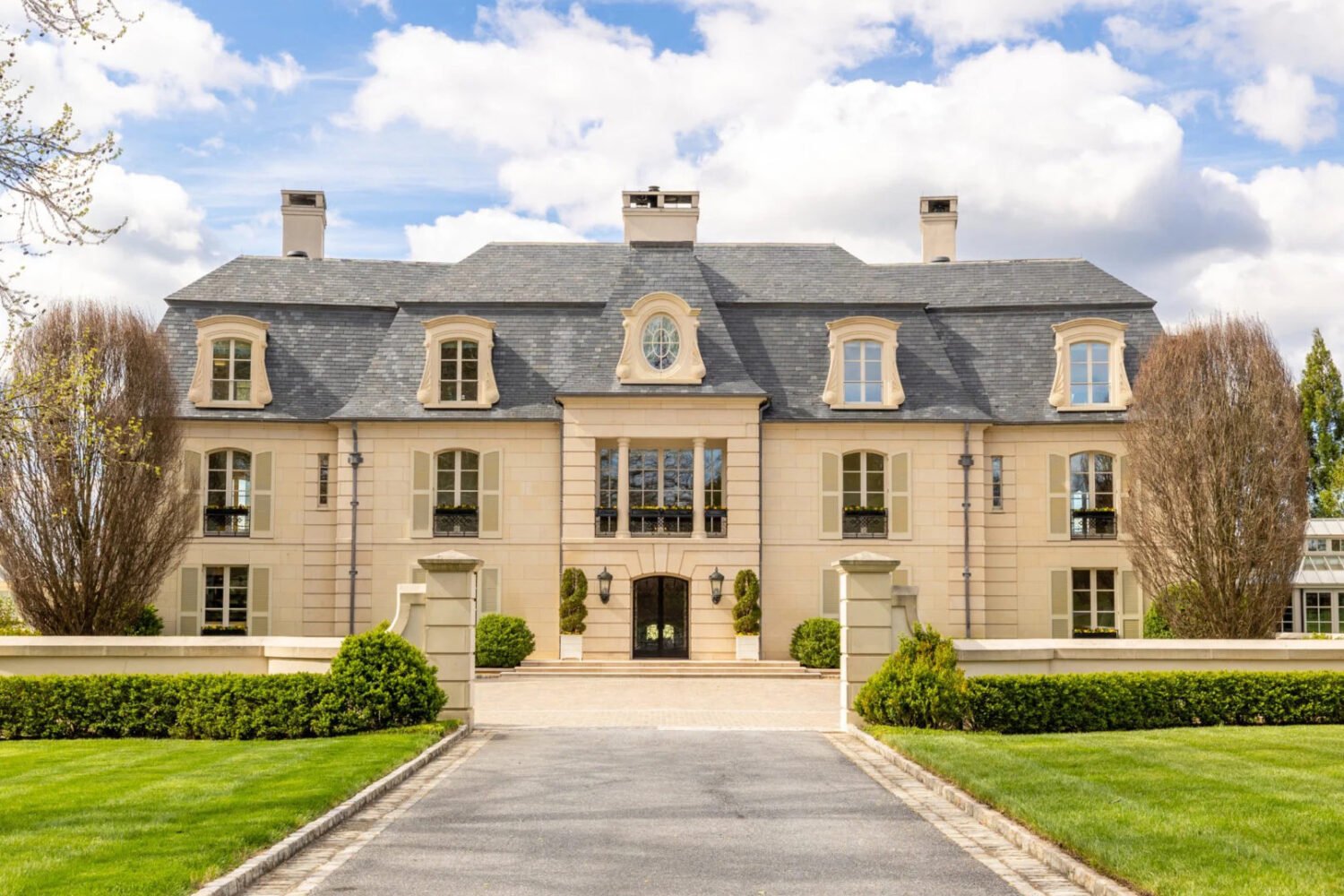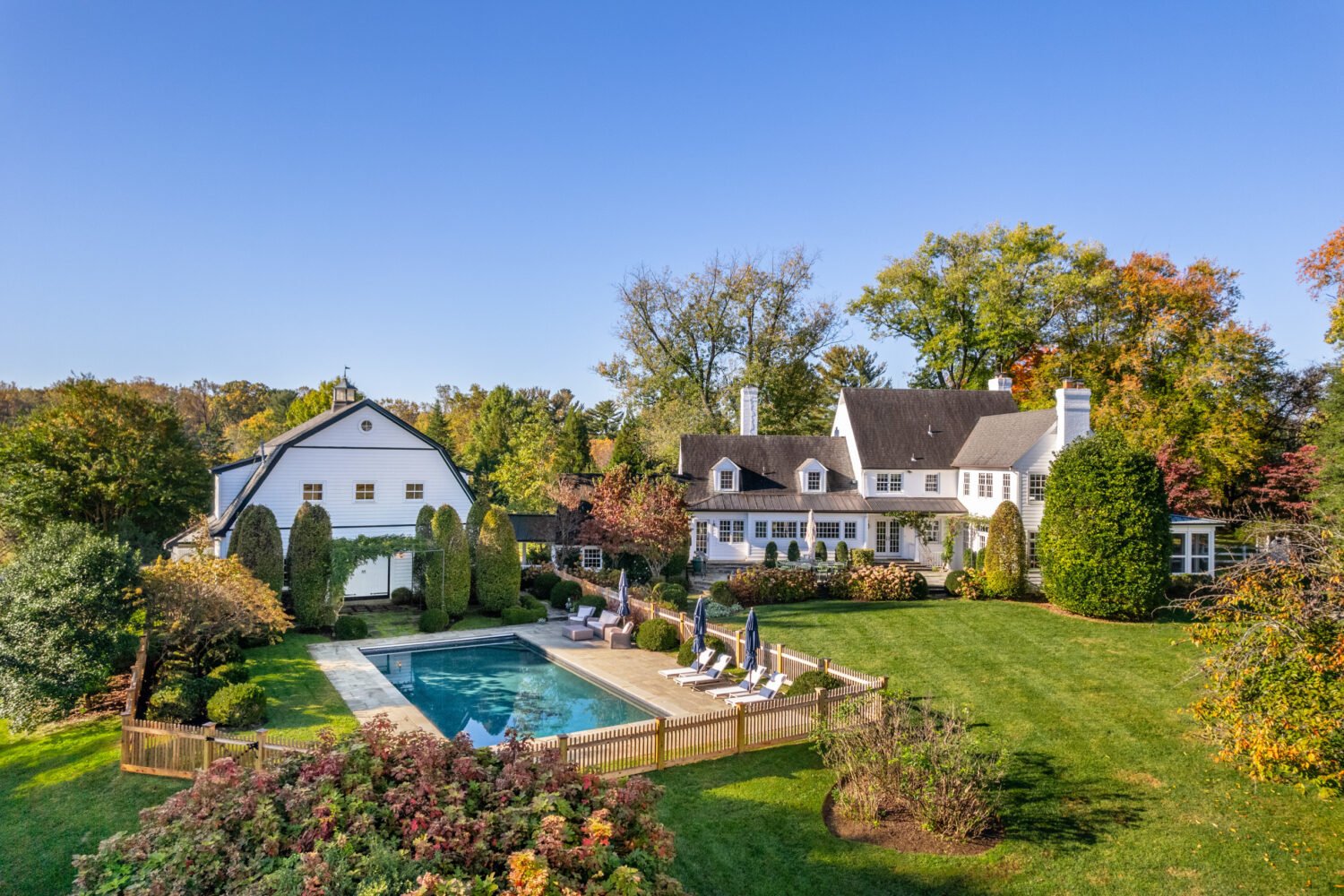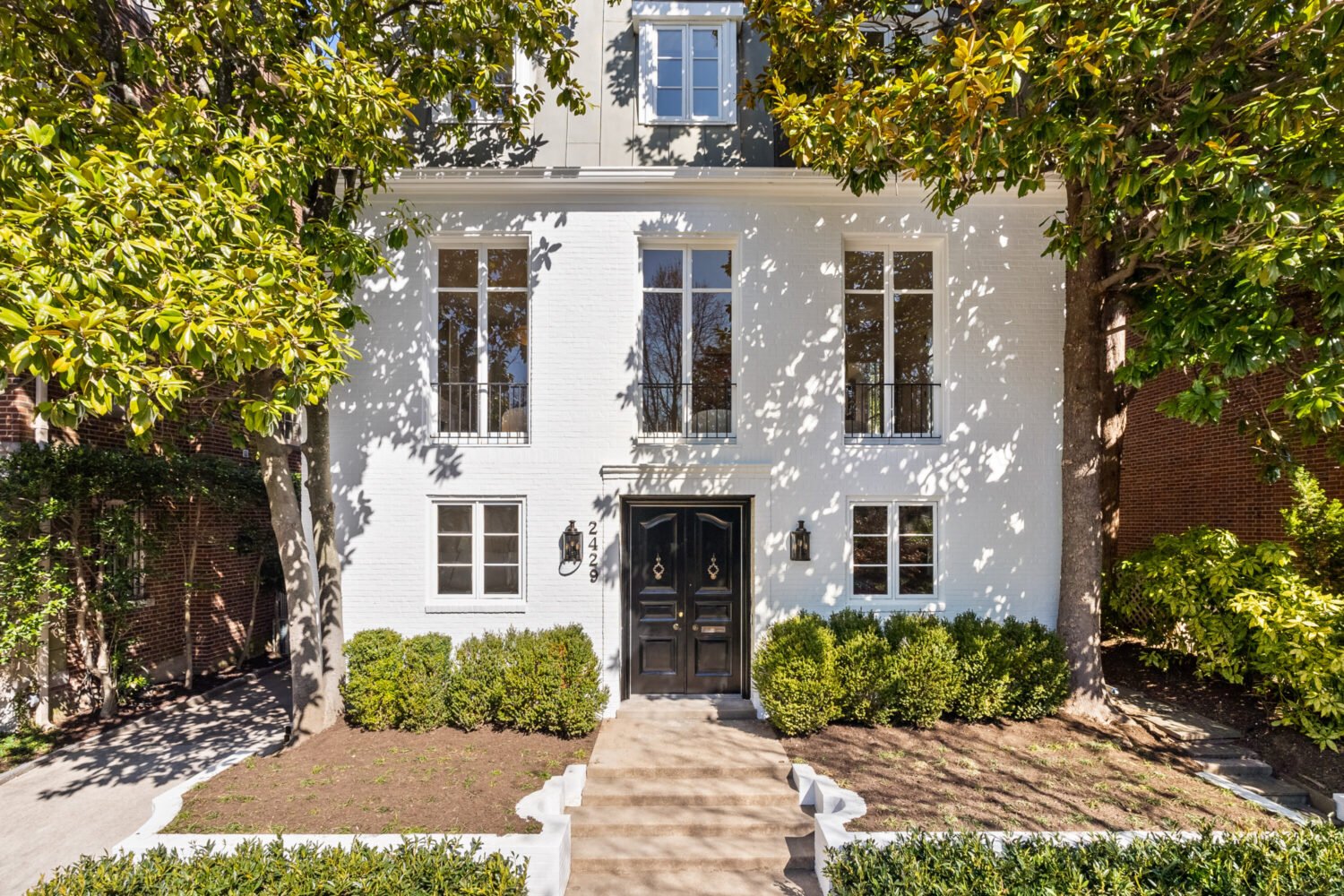Developers and property owners around NoMa and Union Market launched a slick website Thursday aimed at setting the neighborhood apart from the other three places pitched as possible DC locations for Amazon’s second headquarters. While Union Market’s developers typically take great pains to distinguish the “Union Market District” from NoMa, for the purposes of luring Amazon, the two areas are presenting a united front as “NoMa-Union Market.”
The new site touts NoMa-Union Market’s “44,000 residents and climbing,” “thousands of miles of fiber-optic cable,” and the fact that it’s a “massive transportation hub,” home to other cool employers like NPR and SiriusXM. Most important, it explains exactly how Amazon would fit into the nabe, listing 16 existing and planned buildings that could accommodate the 8 million square feet the tech giant seeks. Among them? The space right above Union Market itself, where developer EDENS intends to add onto the current warehouse.
The irony of the idea is impossible to miss: a neighborhood long pitched as a hub for “artisanal” and “local” and “human scale” everything would literally have Amazon looming over it. Back in 2015 when I was reporting a story about the building boom coming to Union Market, this is how one of its myriad developers explained the overarching goal for the neighborhood: “To create spaces and products that make you want to go to the store, rather than get on Amazon.”
Of course, this was well before anyone dared to dream that the world’s largest internet retailer might consider moving into Northeast DC. And since then, it’s become more than apparent that there would be exceptions to the all-local, all-artisanal ethos—a West Elm popped up at Union Market last year, and a Trader Joe’s is coming early next.
And—yet another irony—it’s tough to think of a better engine for boosting local stores and eateries than Amazon. While there are certainly costs to a giant corporation moving in, the workforce and residents that Amazon would import to the neighborhood could allow the small retail envisioned by Union Market’s developers to thrive in a way that’s proven difficult to nurture.
Just look at the November cover of Seattle Met, the city’s Washingtonian equivalent. It boasts: “Seattle’s 100 Best Little Shops.”

